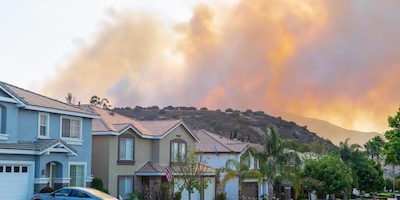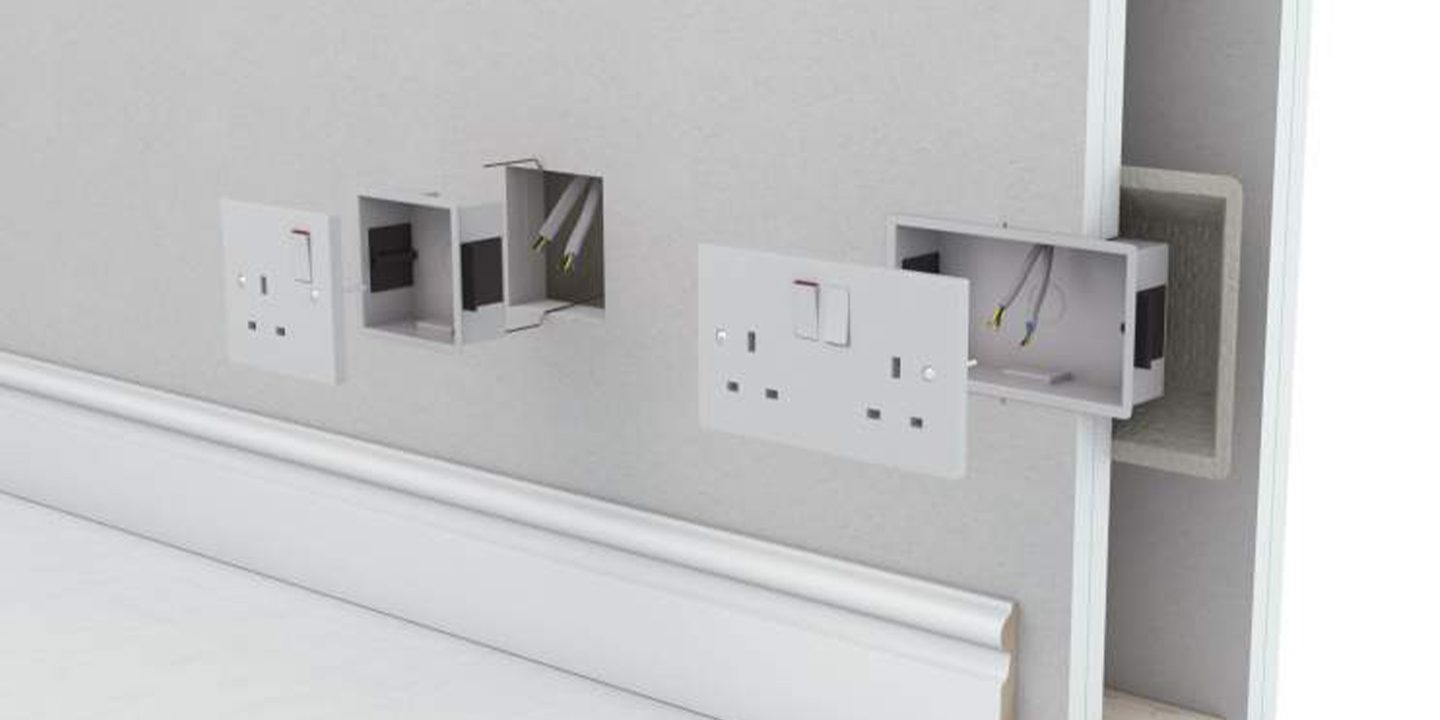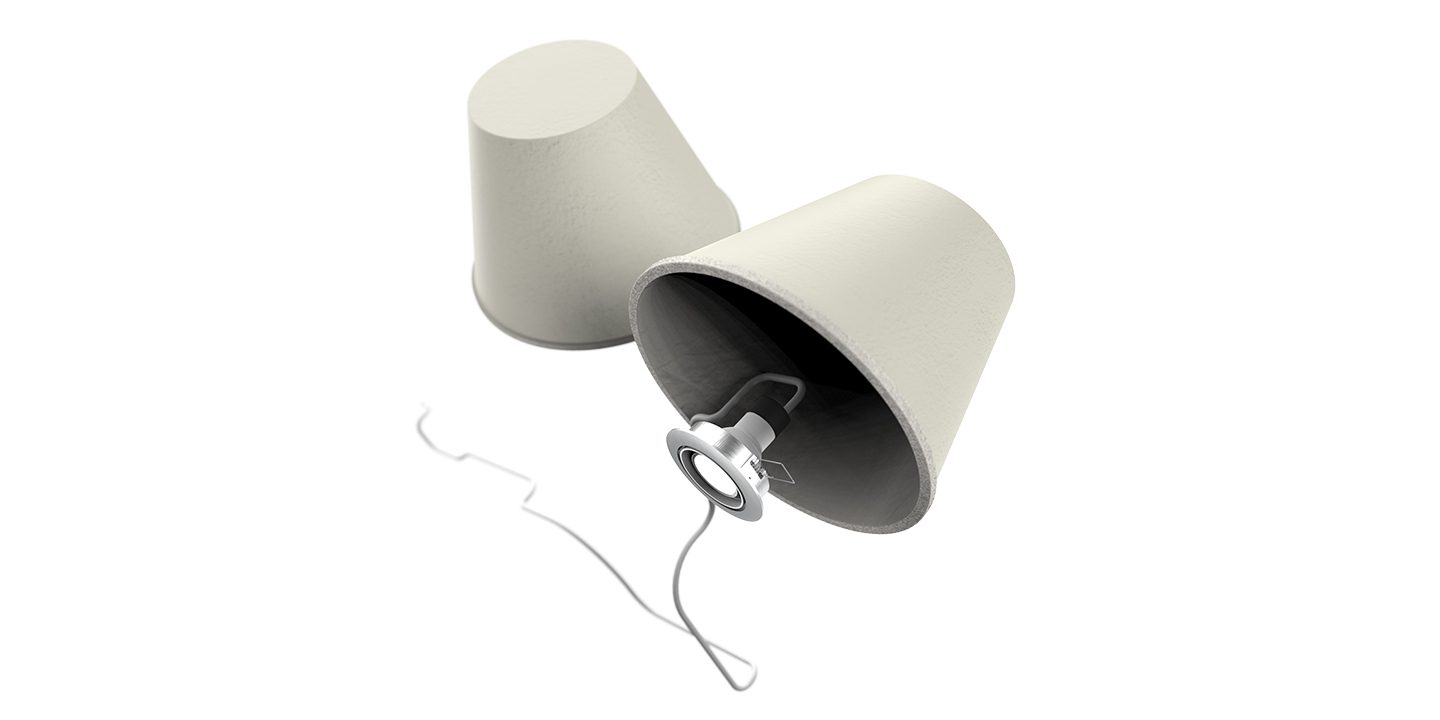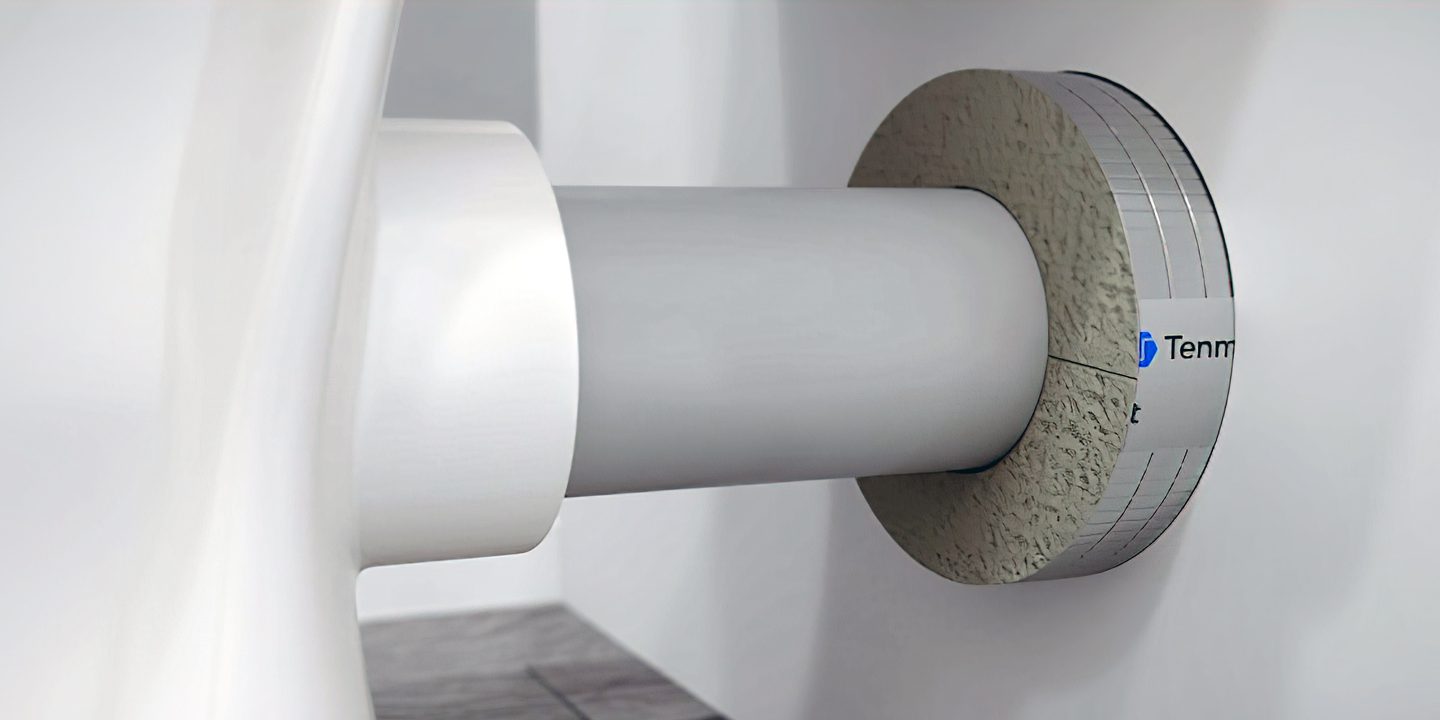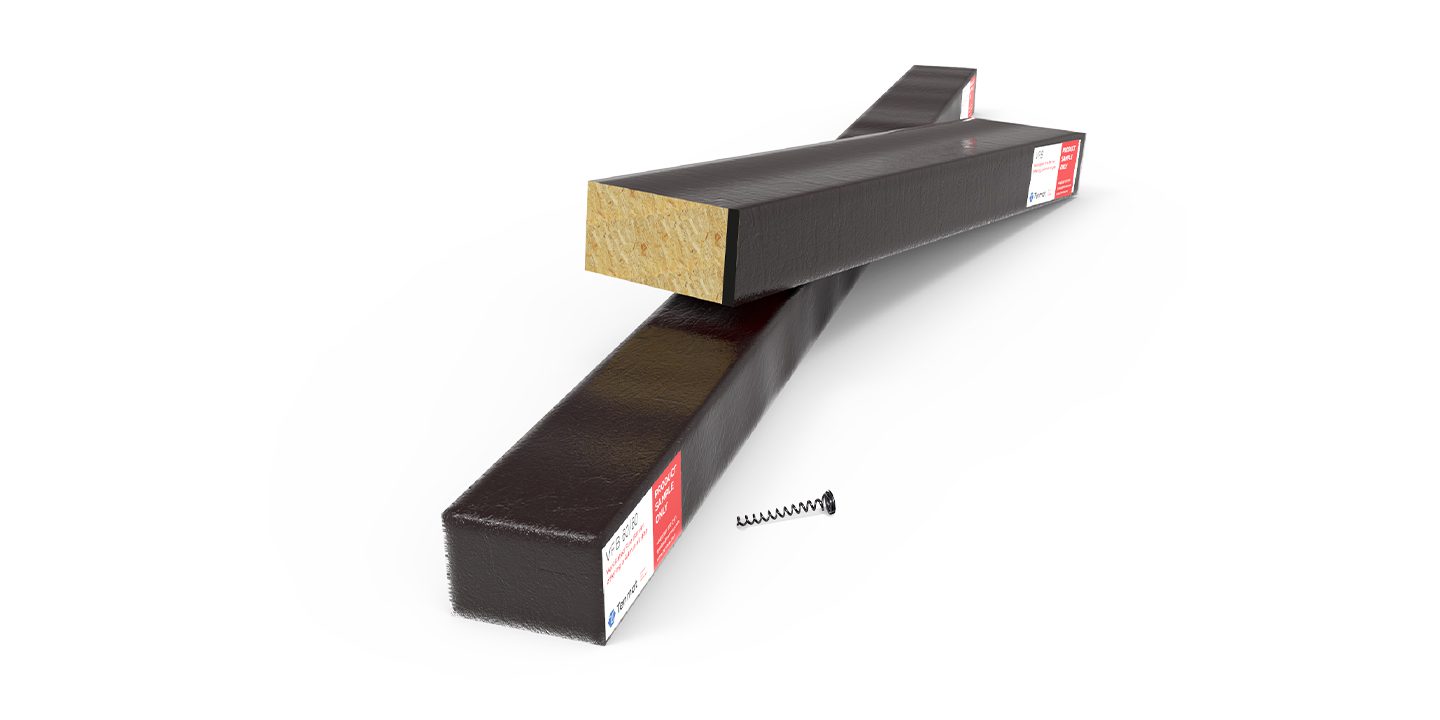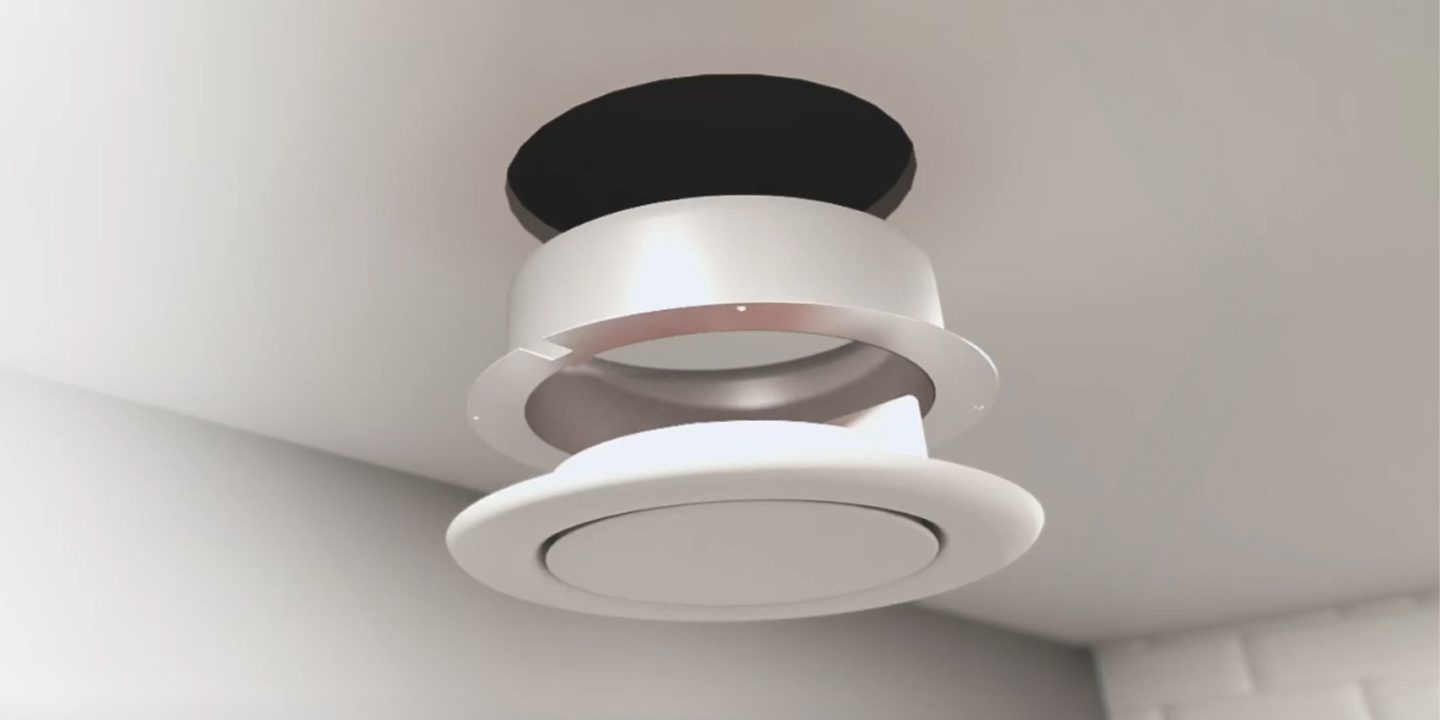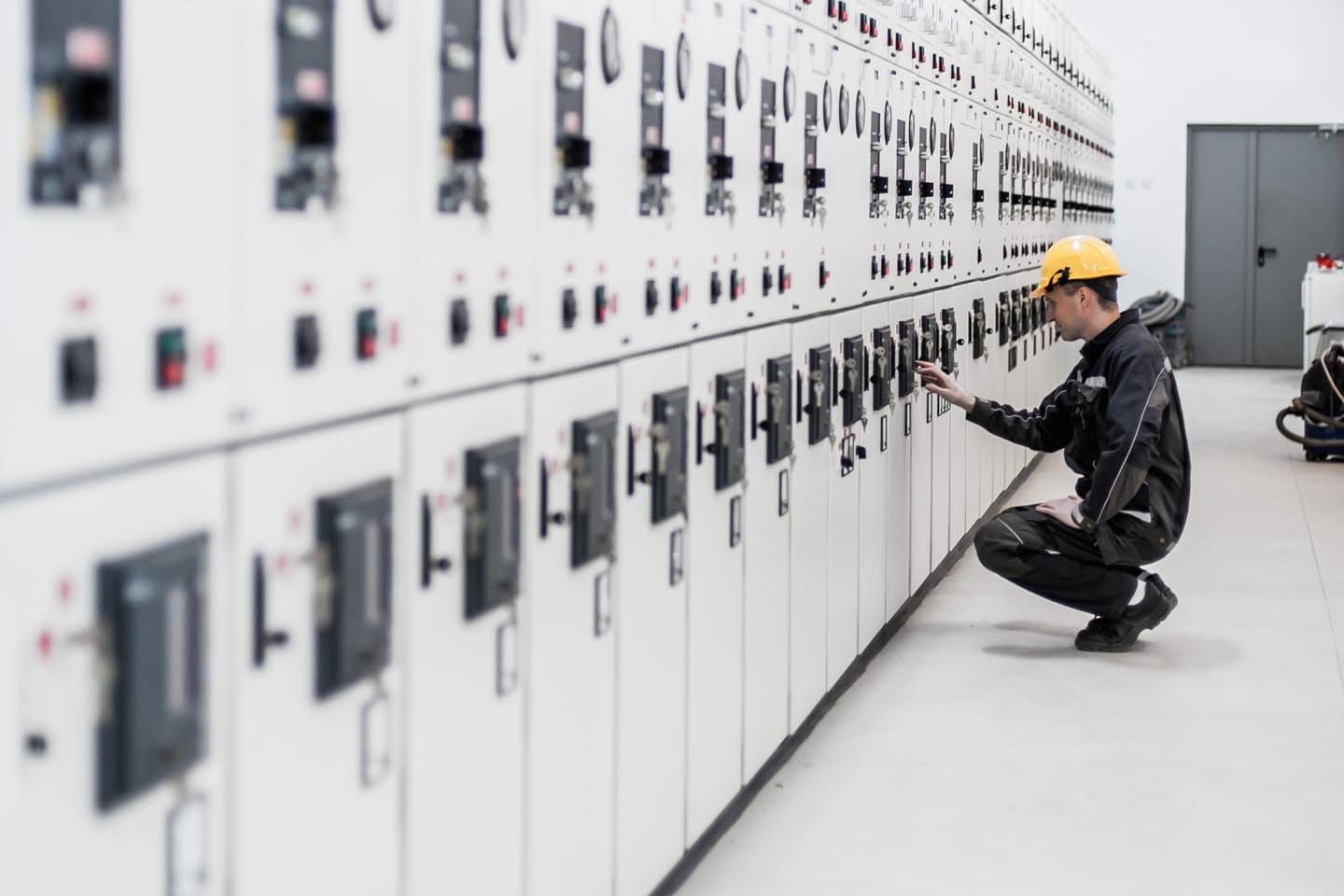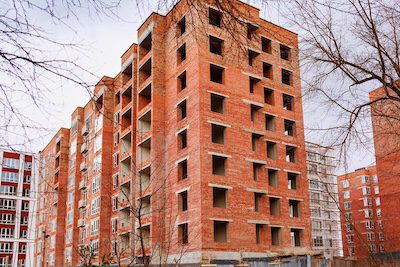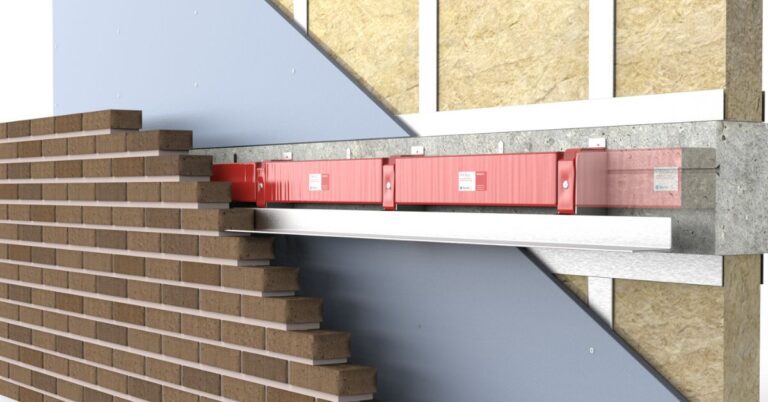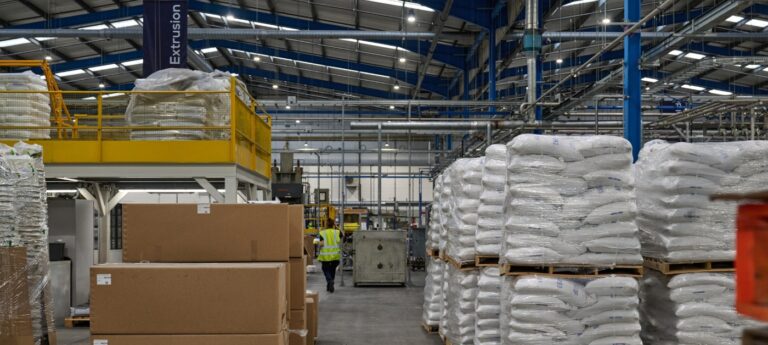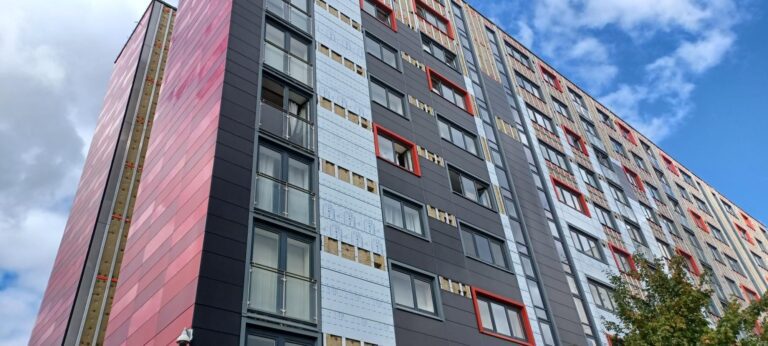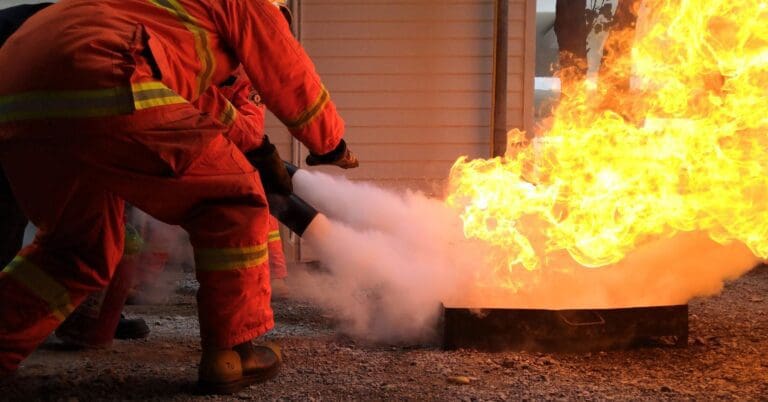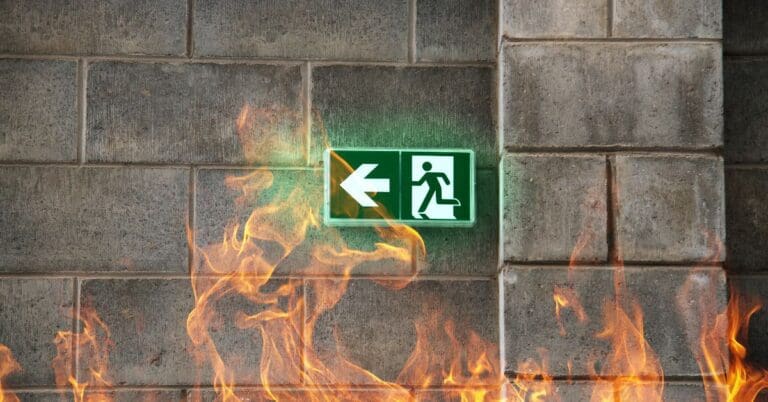Fire Compartmentation and Building Safety
In modern building design, fire safety is a critical focus, and fire compartmentation plays an essential role in keeping occupants, assets, and structures safe.
Fire compartmentation inhibits the spread of fire, smoke and heat from one area to another. This ensures that any fire is contained within a specific section of a building for longer, meaning building occupants have more time to safely evacuate and that firefighters have greater control over the fire.
Join us as we explore the fundamentals of fire compartmentation, the role of cavity barriers within this system, and how Tenmat’s solutions contribute to safer, more compliant buildings.
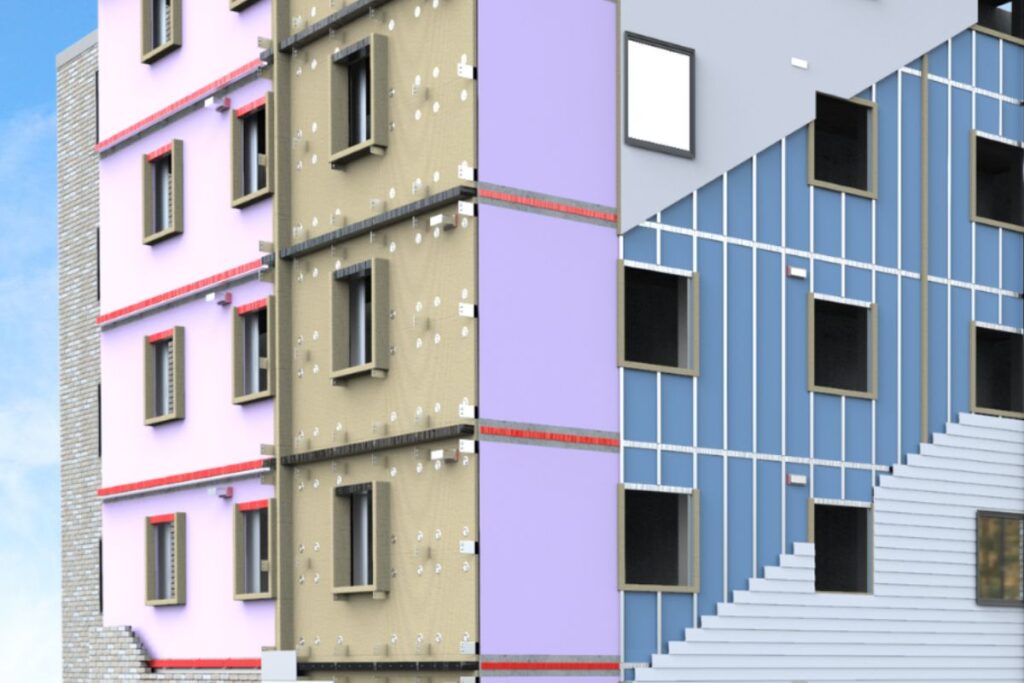
What is Fire Compartmentation?
Fire compartmentation involves dividing a building into fire-resistant sections, with each compartment enclosed by fire-rated walls, floors, doors, and barriers. This setup is a core element of passive fire protection, aiming to contain fire, smoke, and heat within specific areas, reducing the risk of spread.
For facility managers, fire safety engineers, and construction leads, understanding the design and setup of fire compartments is essential to meeting safety standards and regulatory requirements.
The key benefits of compartmentation include:
Safer evacuations
Isolates fire-prone areas from escape routes, enabling safe evacuation.
Reduced damage
Limits fire to specific areas, protecting building structure and assets.
Firefighting support
Slows fire spread, giving firefighters more time to respond.
The Role of Cavity Barriers in Fire Compartmentation
Cavity barriers are one of the most critical components within fire compartmentation systems. They are installed in the cavities of walls, floors, and roofs to prevent fire from spreading through concealed spaces – a key factor often overlooked in fire safety planning.
Cavities, while essential for insulation and ventilation, can act as pathways for fire and smoke to travel unnoticed.
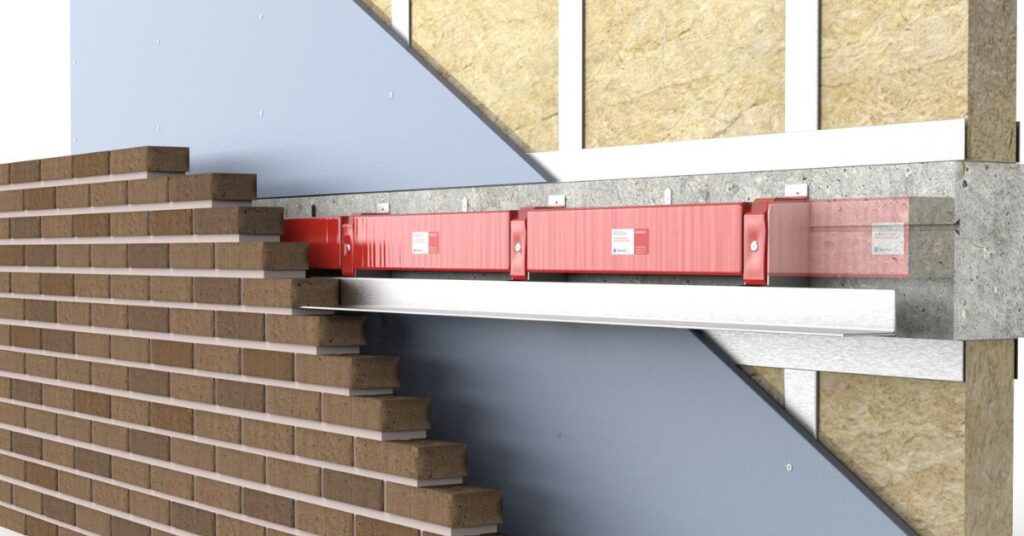
Cavity barriers mitigate this risk by blocking these concealed routes.
Limiting fire spread
They prevent fire and smoke from moving through hidden cavities.
Strengthening structural integrity
Filling gaps in fire resistance enhances overall safety.
Firefighting support
Ensuring compliance
Effective cavity barriers are typically fire-rated and tested to withstand fire spread for a specific duration, providing crucial protection in the early stages of a fire. Browse our cavity fire barriers here.
Expertise in Fire Compartmentation Solutions
At Tenmat, we specialise in developing and manufacturing advanced passive fire protection solutions that meet the highest standards of safety and performance.
With decades of experience in passive fire protection, Tenmat understands the regulatory and practical needs of facility managers, fire safety engineers, and construction professionals.
Our cavity barriers and other passive fire protection products are designed to offer both high thermal resistance and ease of installation, ensuring they seamlessly integrate into a variety of structures.
Our intumescent cavity barriers, for example, expand in the presence of heat, effectively sealing gaps and providing an enhanced layer of fire containment. This technology aligns with stringent fire safety standards and offers robust performance under extreme conditions. By selecting Tenmat’s products, building owners and project managers can confidently meet fire safety regulations, reduce fire risks, and prioritise occupant safety.

Regulatory Compliance and Fire Compartmentation
In the UK, fire safety regulations are highly stringent, with specific requirements outlined in building codes, such as the BS 9999: Code of Practice for Fire Safety in the Design, Management, and Use of Buildings.
These regulations mandate fire compartmentation in various types of buildings, especially those with high occupancy or specific fire risks. Compliance with these standards is critical to legal operation, as non-compliance can lead to fines, legal liabilities, and even operational shutdowns.
The Fundamentals on Building Safety
Fire compartmentation is essential to building safety, helping control fire spread, protect occupants, and maintain structural integrity. With fire-resistant walls, floors, doors, and cavity barriers, it contains fire to specific areas, providing crucial defence. Cavity barriers, in particular, block hidden fire paths, strengthening the overall system.
For architects, site supervisors, and building managers, selecting high-quality cavity fire barriers and understanding fire compartmentation is key to achieving effective, compliant fire protection. Tenmat’s expertise in passive fire protection ensures our products meet the highest standards, enhancing protection across diverse building environments.

Choose Tenmat for peace of mind
There’s a reason why we’re one of the world’s leading passive fire protection manufacturers. From a manufacturing history spanning over a century to a commitment to investing in research and development that propels our industry forward, we are fully equipped to ensure your next project is a success.
Contact us to discuss your requirements.

